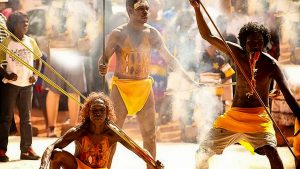The other day I read a headline regarding a woman waking up from a vegetative state after seven years. After reading many articles about the Terri Schiavo case, I had to read about this woman. It turns out that she fell into a coma after giving birth due to developing sepsis, a deadly blood poisoning disease. It seemed almost impossible to me that she woke up from this vegetative state after reading about the true definition of a vegetative state. After doing some research I began to find more cases in which patients have woken up after being labeled as “vegetative.”
A woman named Maggie Worthen fell into a coma after suffering a massive stroke at the age of 22. She woke up from a deep coma two weeks later and began her recovery; however, two months after therapy she became unresponsive and was labeled as “vegetative.” Her family claimed that she was responding to certain things but only one doctor believed them (similar to Terri Schiavo) and she was transferred to a hospital to experience new high-tech imaging that assesses brain activity. The technology did, in fact show that she was responsive and she was now labeled as “minimally conscious.”
This new technology can help people in these comas or vegetative states be properly diagnosed. Some neurologists are claiming that these new brain imaging scans prove that “some seemingly vegetative patients are actually teetering between consciousness and unconsciousness.” While this is definitely a break through in the medical world, it still makes things very murky. The definitions of these so-called labels are still obscure. When are these patients considered alright to die? Are they ever, because some people are waking up from these states? All of these questions emerge when new technology comes about. Imagine if this was around during the Terri Schiavo case. However, we can only hope that this new brain-imaging technology can help patients with severe brain injuries and damage to recover.
http://www.newsweek.com/2016/05/06/vegetative-state-consciousness-brain-imaging-452747.html

